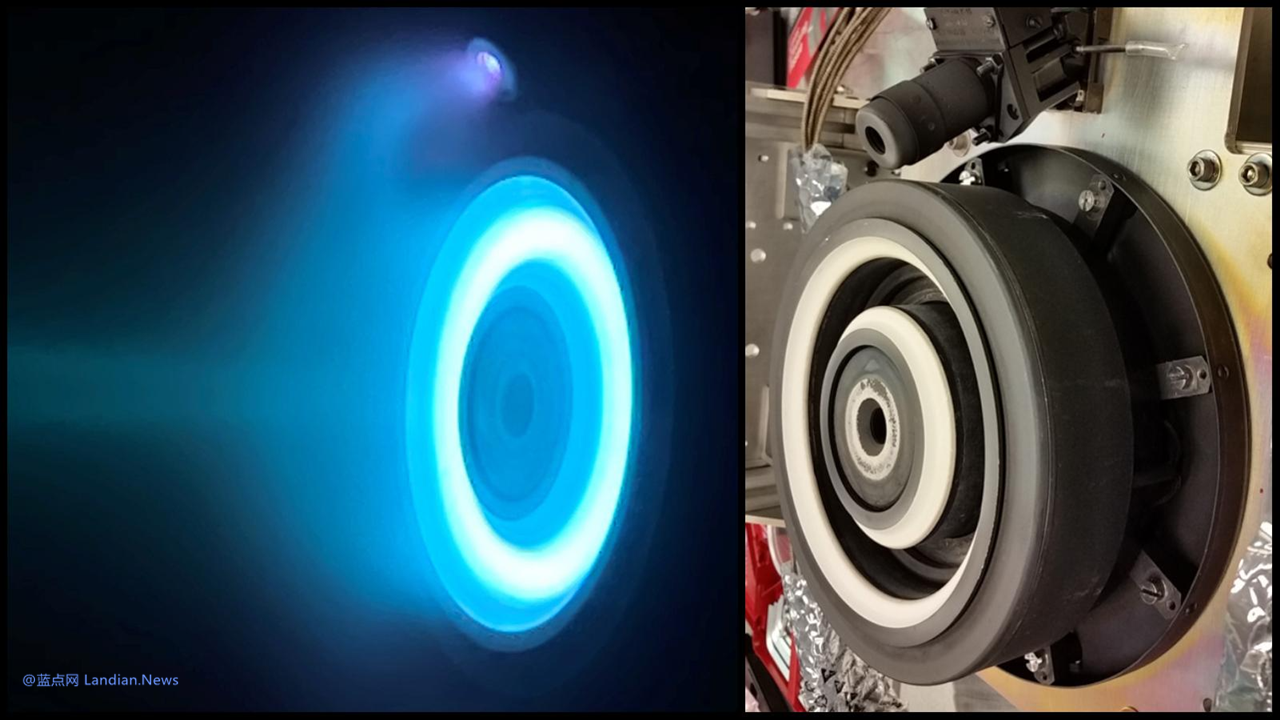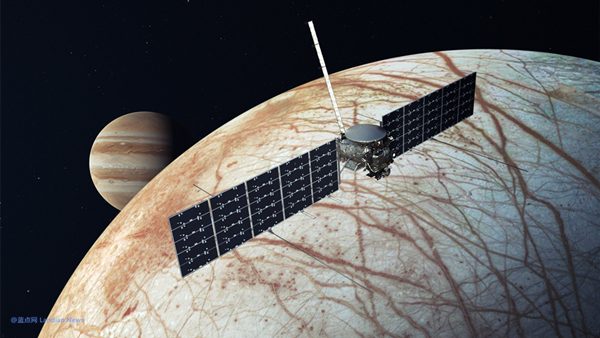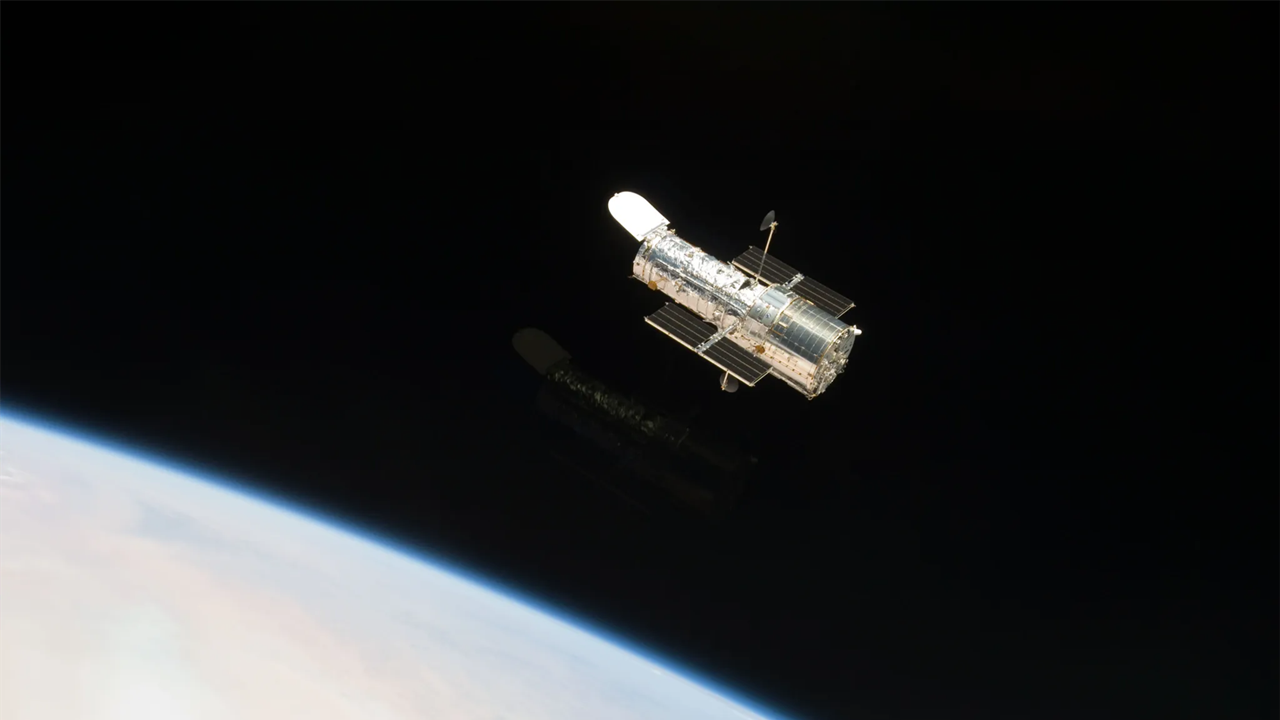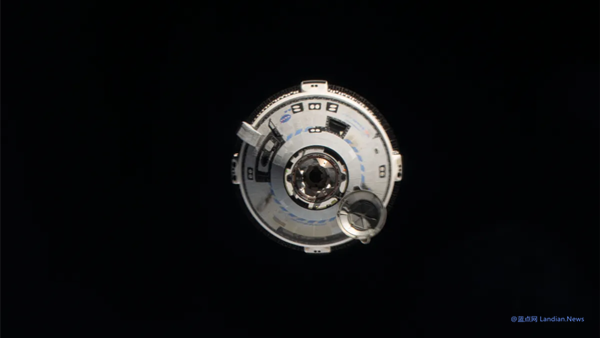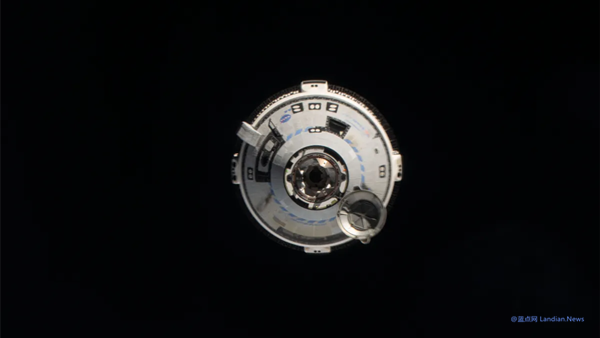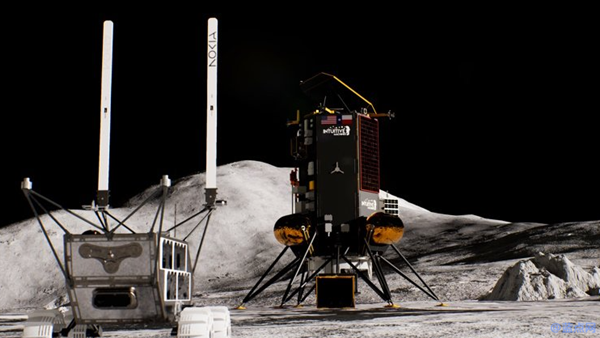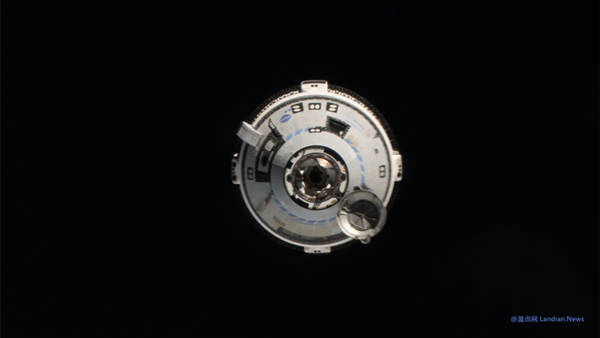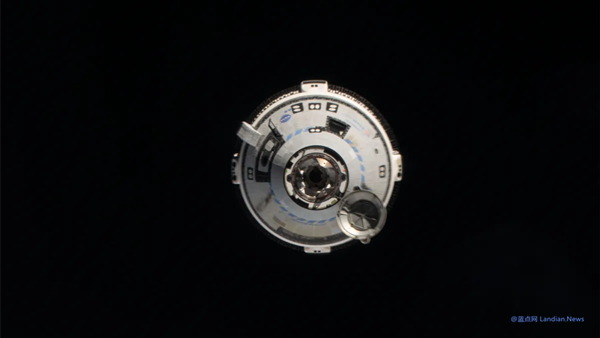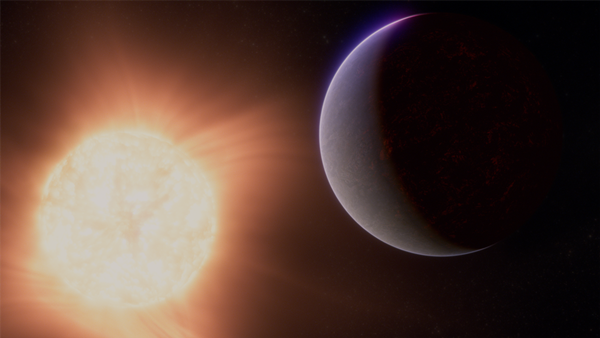NASA's Psyche Probe Successfully Starts Its Ion Thruster and Will Travel Through the Solar System
NASA's Psyche spacecraft has recently activated its ion thruster, embarking on a journey across the solar system powered by slow acceleration from this advanced propulsion system.
Launched on October 13, 2023, the spacecraft's primary mission is to explore the asteroid 16 Psyche. After its initial launch, conventional propulsion allowed the Psyche spacecraft to travel 300 million kilometers within the solar system, surpassing the orbit of Mars.
The ion thruster, now the main propulsion system, operates by generating electricity from solar panels to drive an electromagnetic field. This field accelerates xenon ions, creating thrust (via a Hall-effect thruster) and emitting a faint blue glow.
Despite the modest thrust compared to the massive, blue-glowing engines depicted in science fiction, the vacuum of space allows the ion thruster to gradually accelerate the spacecraft to very high speeds due to the lack of air resistance.
The immediate goal of activating the ion thruster is to navigate to the asteroid Bennu. To conserve xenon fuel, which depletes over time, the Psyche spacecraft will approach Mars in May 2026 and temporarily shut down its ion thruster. It will then use Mars' gravity for a "gravity assist" maneuver, gaining significant velocity without expending fuel.
During this voyage, Psyche's scientific instruments, including a magnetometer and a gamma ray and neutron spectrometer, are operational, detecting charged particles ejected by solar coronal mass ejections.
A particularly interesting development is the testing of deep space optical communication technology by NASA's Jet Propulsion Laboratory (JPL). This technology uses lasers instead of radio waves to transmit data, achieving bandwidths up to 267 Mbps. Remarkably, this test occurred when Psyche was 30 million kilometers from Earth.
Future space exploration is likely to adopt deep space optical communication as a standard technology. Although it may be less resistant to interference than radio communication, optical communication can transmit vast amounts of data quickly under clear weather conditions, heralding a new era of data exchange in space exploration.
